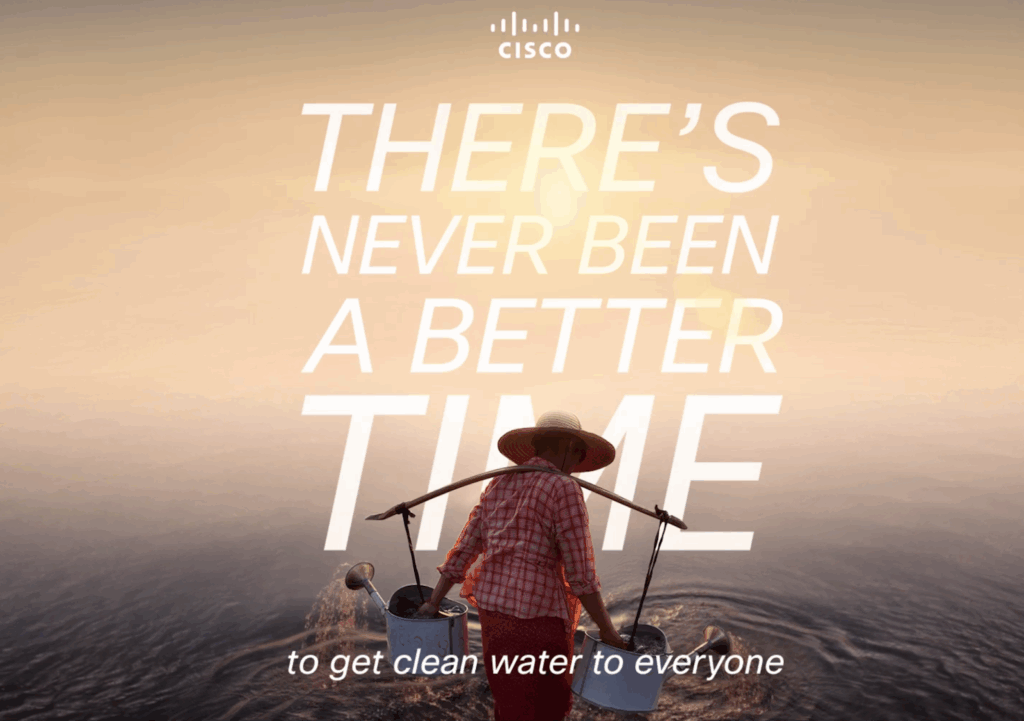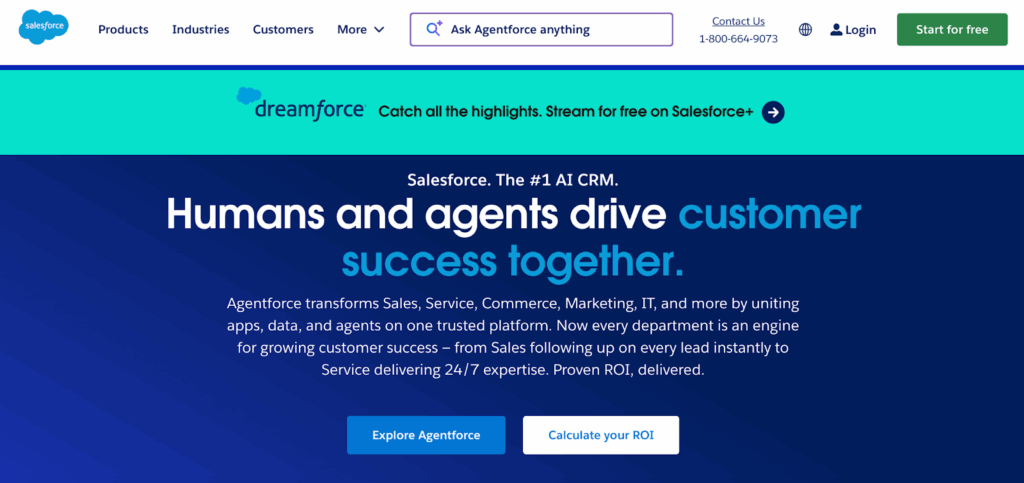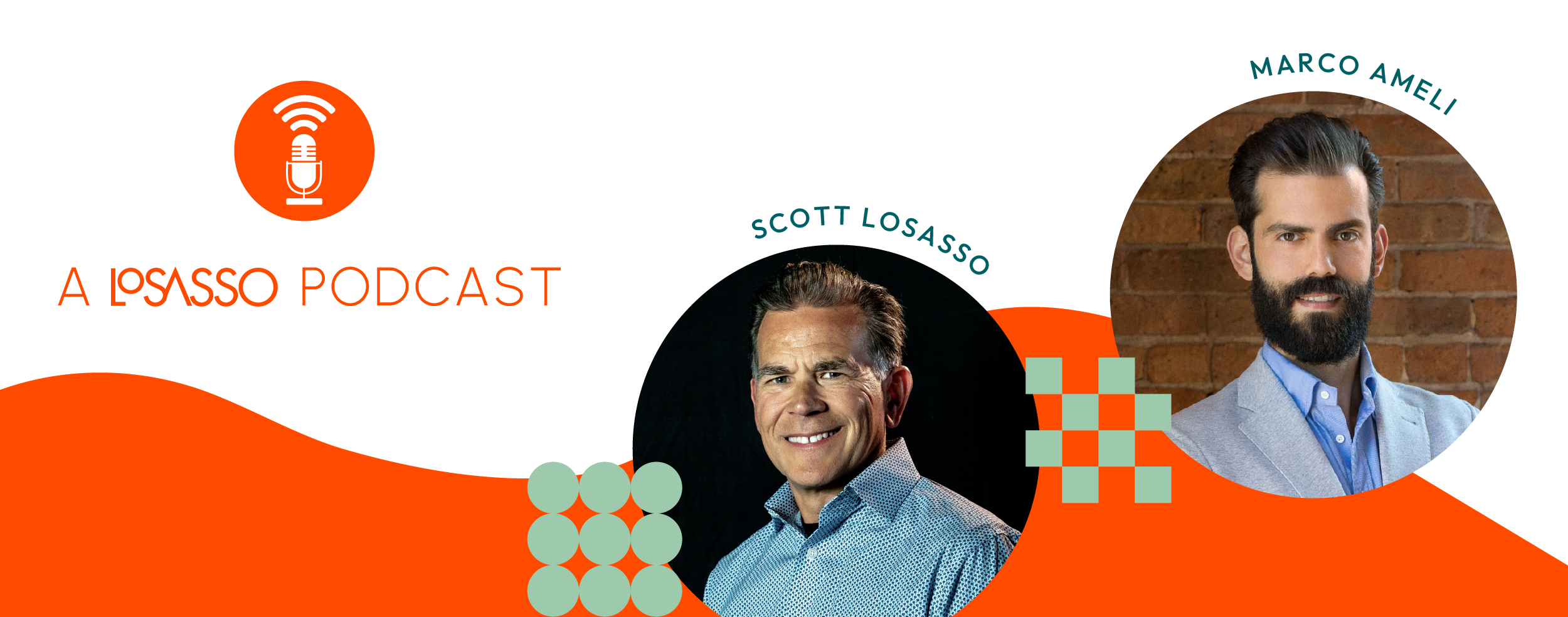While B2B decisions are often positioned as logical and cost-driven, they hinge on something more human: trust, belief and connection. Behind every RFP or renewal is a buyer seeking confidence that your brand can deliver results. That’s where B2B brand storytelling comes in.
In an environment crowded with technical claims and heavy data-messaging, turning complex value propositions into simple, emotionally compelling narratives helps brands show what they do and why it matters. When stories feel genuine and human, B2B marketers can turn messaging into something people remember and act on.
What Are Brand Storytelling Frameworks?
“Story is the most powerful tool to compel a human brain.” - (StoryBrand)
Storytelling frameworks provide a repeatable, strategic approach to building narratives that not only describe what you do, but also show why it matters. Frameworks force your brand to step away from being the hero of its own marketing and take on the role of the expert guide, a subtle but critical shift, especially in B2B.
The StoryBrand Framework
The StoryBrand framework, created by Donald Miller, provides a practical seven-part arc for achieving message clarity:
Character -> Problem -> Guide -> Plan -> Action -> Success or Failure
Breaking down the formula: A character with a problem meets a guide who gives them a plan and calls them to action, which results in success or failure.
By placing the audience–not the brand–at the center of the story, companies can highlight their value as trusted advisors rather than self-promoting sellers.
The PAS Framework
If you’re looking for another way to tell a great brand story, the PAS framework (Problem, Agitate, Solve) is simple and effective for B2B. It starts by naming a real Problem your audience faces, something that’s slowing them down or causing them headaches. Next, you dig in and show them what’s at stake if nothing changes – what Agitation they need to solve – whether it’s lost time, missed opportunities, or higher costs. Then, you step in with a Solution: how your brand’s expertise turns things around and helps them move forward.
With PAS, you’re guiding people through a story of problem, tension, and relief. That message makes your message feel human, no matter how technical your product might be.
Why are Storytelling Frameworks Important in B2B?
In the B2B space, storytelling delivers strategic clarity in a way few other tactics can. Complex industries filled with technical jargon, layered decision-making and risk-averse buying groups make clear communication both essential and challenging. Storytelling, however, simplifies, humanizes and aligns the narrative across all stakeholders, positioning your brand as a trusted and credible guide.
Buyers want to partner with experts who understand their problems and have a proven path to success. Storytelling also helps cut through noise by turning data into a relatable narrative. Even decision-makers with different technical backgrounds can rally around a clear story.
Internally, a well-defined story keeps marketing, sales and leadership aligned on the same message, minimizing confusion and accelerating consensus across teams. For more on keeping your teams aligned, see our blog From Friction to Flow: Solving B2B Sales and Marketing Alignment.
How to Bring Authenticity to B2B Brand Storytelling
Storytelling works best when it’s grounded in authenticity, consistency and data. Here’s how to bring structure and impact to your B2B brand story.
Pinpoint Your Non-Negotiable Core Value: Identify the truth behind your brand, the “why” that drives your innovation. This value becomes the throughline that builds trust across all communication, from awareness to conversion.
Find the Problem That Keeps Your Audience Awake at Night: Your customers are heroes in conflict. Identify the tension they’re facing: inefficiencies, evolving markets, talent shortages, and focus your narrative on how your brand helps them overcome that challenge.
Prove Your Value with Client Results: Nothing substantiates a brand story like sharing client wins that audiences can relate to. Highlight testimonials, case studies and tangible examples of how you’ve helped customers solve problems or achieve their goals. Where it fits, reinforce your story with success metrics and details that show the impact you’ve made. For reference, check out our Work page to see how story-driven results take shape.
Back Your Claims with Hard Numbers: While storytelling taps emotion, B2B buyers still rely on logic. Quantify results, reinforce credibility and make your narrative data-informed without sacrificing simplicity.
Speak the Same Language Across All Channels: Every message your brand sends, from social posts to sales decks, should sound unified and stay consistent. Alignment builds familiarity and trust, two drivers of conversion over time.
Match Your Storytelling Framework to Your Sales Funnel
Use the StoryBrand framework for top-of-funnel content where clarity and simplicity matter most.
Reserve The Hero’s Journey for deeper, long-form stories where transformation and narrative depth strengthen engagement.
Examples of Great B2B Storytelling
The most effective storytellers balance authenticity, emotion and evidence. A few brands have set a strong precedent:
Cisco
Uses storytelling to turn innovation into meaning, connecting its technology to real-world challenges in education, sustainability and healthcare.

Salesforce
Frames customers as heroes and themselves as trusted partners in growth, using real results to demonstrate joint success.

Amazon Ads
Positions customers as empowered decision-makers and themselves as the trusted matchmaker, seamlessly connecting businesses with the right customers.

Elevate Your B2B Brand with Storytelling
B2B storytelling turns complexity into clarity and emotion into strategy. Frameworks like StoryBrand and PAS help brands communicate with purpose, showing empathy while proving expertise. In a world of technological specs and competing claims, the brands that tell better stories get remembered and chosen.
Every brand has a story to tell. We’re passionate about helping companies bring their stories to life, stories that speak to engineers, operators, and decision-makers who overcome real challenges and drive progress every day. Ready to bring your story to life? Let’s get started.


